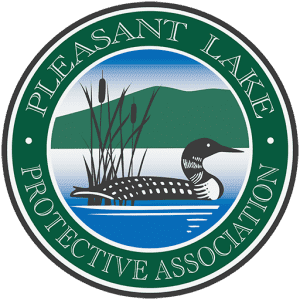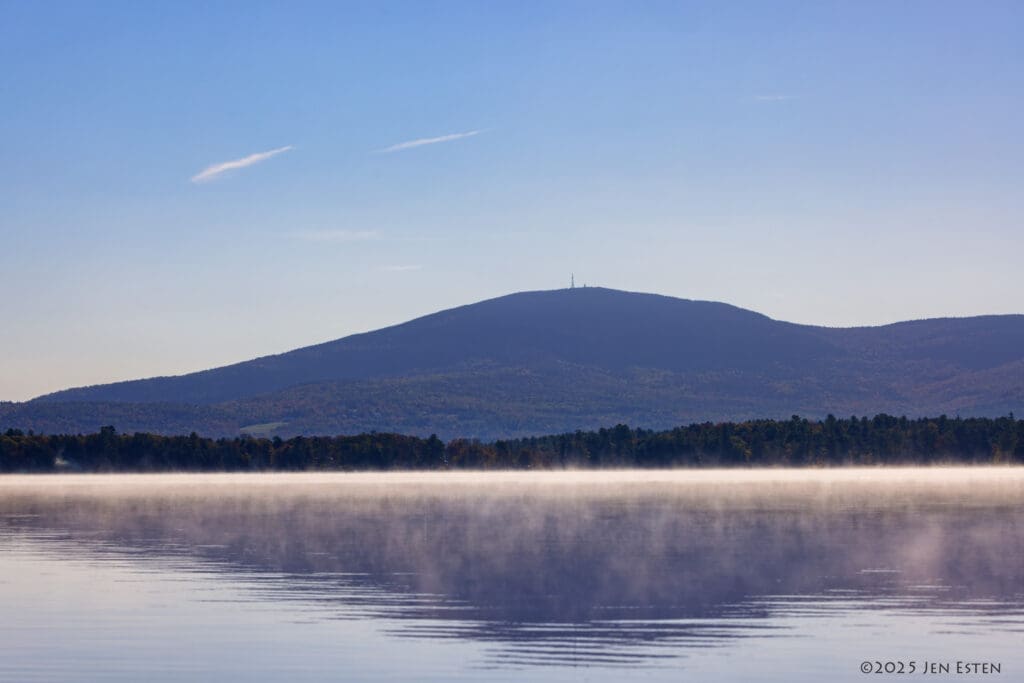CyanoHAB Talk Recording and Watershed Management Plan


Doug Darling talk on Cyanobacteria
Many thanks to Ollie Toy for recording the presentation by Doug Darling for PLPA members on August 31st.
You can watch it
HERE
|
Watershed Management Plan for Pleasant Lake
|
PLPA is pursuing engaging an environmental engineering company to develop a Watershed Management Plan (WMP) for Pleasant Lake. Recent cyanobacteria blooms are indicating that we, as a community, need to address the continuing problem.
Thank you to our board member, David Hollinger, for the following explanation of what a WMP is and what lies ahead.
A watershed management plan (WMP) to reduce cyanobacteria blooms is based on reducing phosphorus in a lake. The less phosphorus, the less Cyanobacteria. A WMP uses standardized methods from the EPA to determine how much phosphorus is going into a lake, where it is coming from (via detailed shoreline surveys, septic records, sediment analysis, and other methods), and how much it needs to be reduced to maintain lake quality. A plan will contain a list of actions that could be carried out at specific locations including the estimated reduction in phosphorus from each of these actions and the costs of taking each action. These actions can be prioritized to give the greatest phosphorus reductions per $ spent. Plans are scientifically defensible, contain educational and on-going monitoring components, and are required for state and federal funding.
The current plan is to have PLPA fund a WMP via a partnership with the town of New London.
The New Hampshire Clean Water State Revolving Fund (CWSRF) is often used to pay for a WMP. For a WMP, the program loans funds at a reduced rate and forgives the principal (up to $100,000) at project completion. PLPA would be responsible for the interest, currently 2%, while the project is underway. To use the CWSRF program, funds must be requested by a town. New London would need to pass a warrant article requesting funds for a Pleasant Lake WMP, would distribute funds for the WMP, and then have the loan forgiven by the state. This is a common way for communities to pay for Watershed Management Plans. If all goes as planned, the project would begin early next summer.
PLPA is managed by volunteers and supported by member donations.
If you wish to support our work, please consider becoming a PLPA member here.
